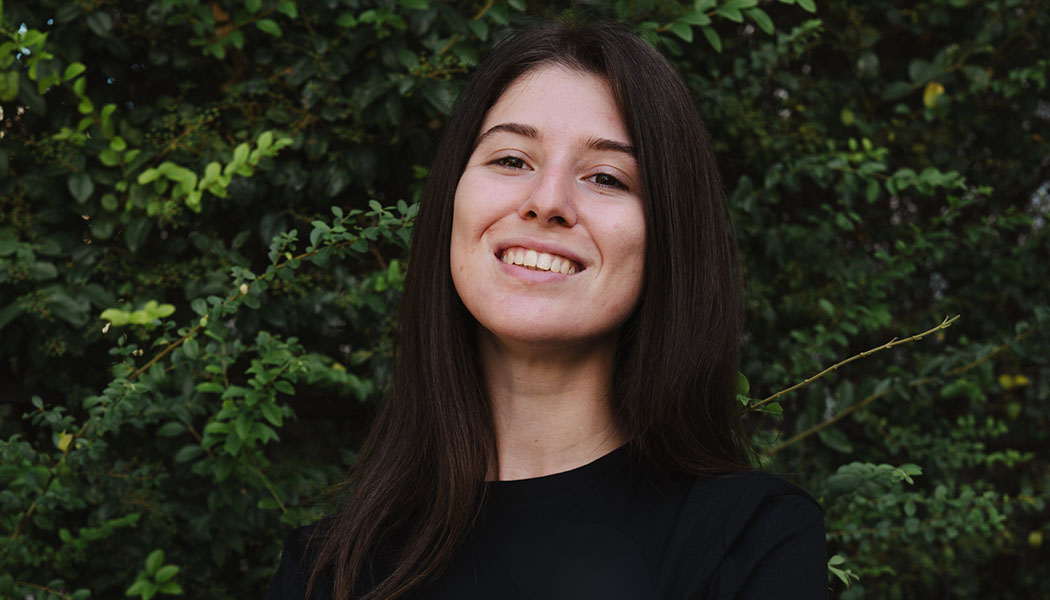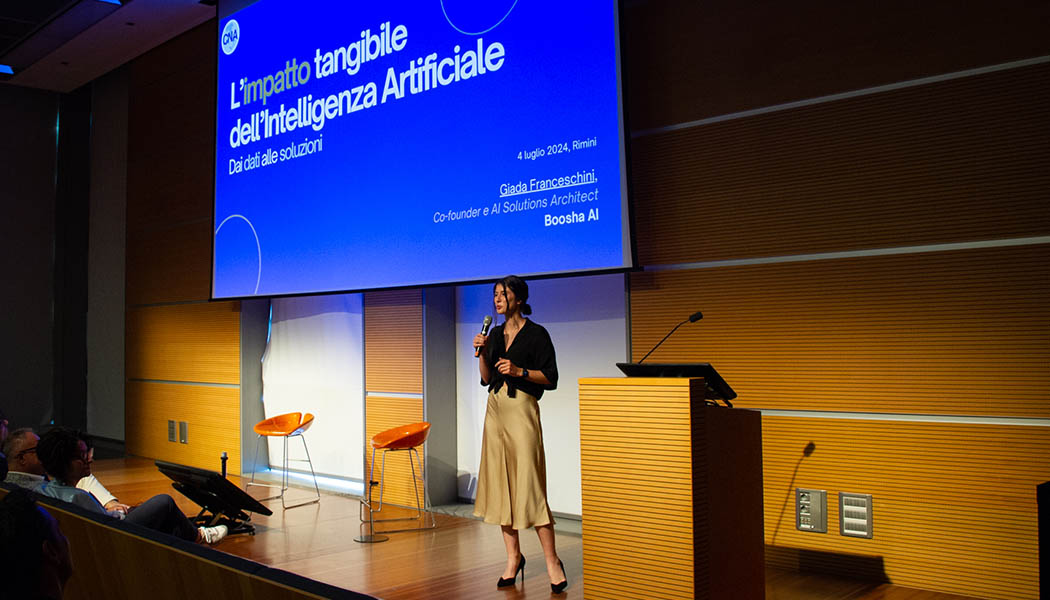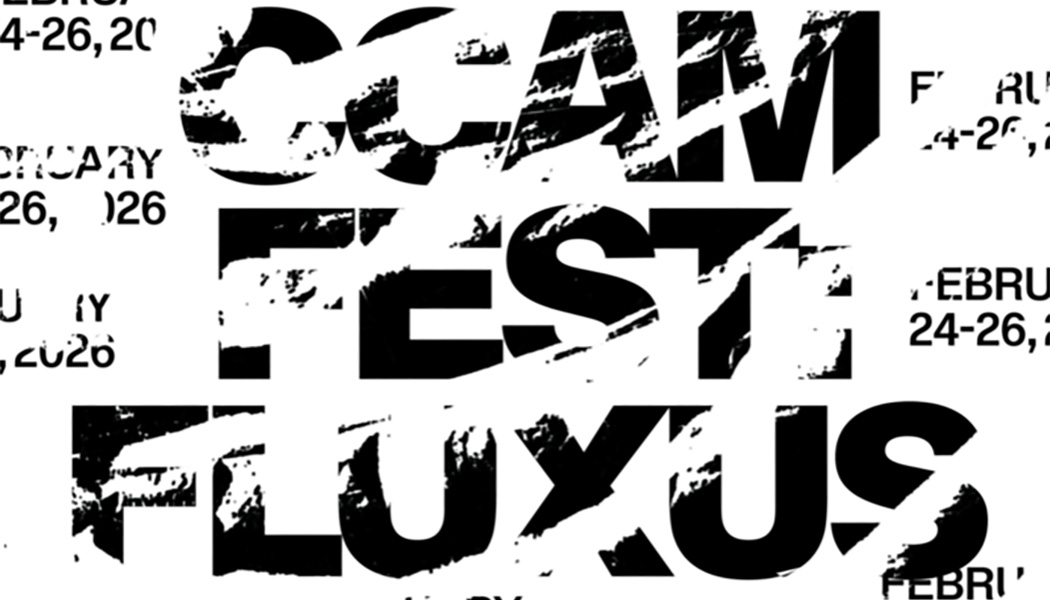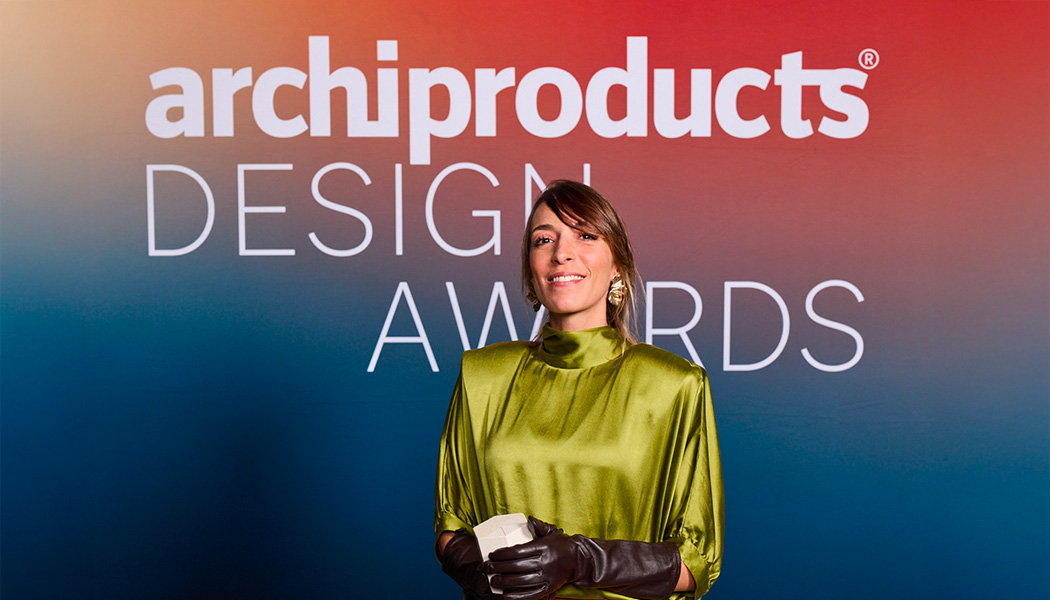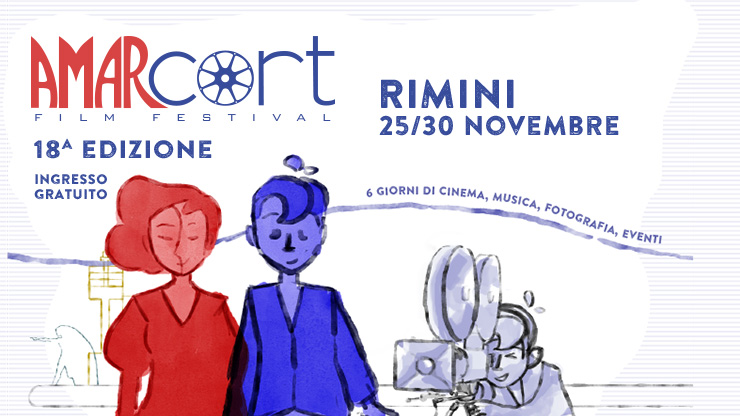How Artificial Intelligence is Transforming Organizational Design and Leadership: Interview with Giada Franceschini.
In a constantly evolving work landscape, managerial skills in design increasingly intersect with the challenges of technological innovation, sustainability, and inclusive leadership. In this new series curated by Francesca Gollo, Coordinator of the RUFA Master in Design Management, we give space to the voices and experiences of professional women who are redefining the role of design in contemporary organizations.
A cycle of conversations born to inspire, connect, and build a broader and more conscious vision of creative management.
In this first episode, Francesca Gollo talks with Giada Franceschini, an expert in artificial intelligence applied to business design, founder of Parla AI and Boosha AI. A deep and visionary exchange on AI, spanning organizational models, sustainability, and new forms of social responsibility.
Design, AI and the Future: a conversation with Giada Franceschini
Giada Franceschini is CEO & co-founder of Parla AI and AI Solutions Architect & co-founder of Boosha AI. She currently leads AI implementation projects that combine technological innovation with a human-centered approach, enhancing human skills rather than replacing them.
She stands out for her ability to translate complex technological concepts into practical, accessible solutions, having delivered over 200 AI training sessions in the past year alone.
A lecturer at IED, Uninettuno, and Ninja Business School, she was recently invited to OpenAI’s DevDay in London and TED AI in San Francisco, confirming her role as a leading figure in Italy’s AI landscape.
Her approach to technological innovation is deeply human-centric: every solution starts from understanding the people who will use it, their needs, and the context in which they operate. Through Boosha AI and Parla AI, she is proving that innovation can be both accessible and sustainable, representing a new leadership model that combines technical excellence, entrepreneurial vision, and social responsibility.
Francesca: Giada, you’ve just returned from a four-month journey around the world. Why did you choose to do that, and what did it leave you with?
Giada: I’ve always believed that experiences shape our thinking more than any book or course. This trip was born from a simple question: how can I expand my perspective? I visited incredible places, from Rio de Janeiro to Ushuaia, Sydney, French Polynesia, and South Africa.
The real challenge was maintaining professional activity while crossing different continents. I lived in two parallel dimensions: my daily work microcosm and the vastness of the cultures I encountered.
What I bring home is the understanding that the truly important things in life are human and relational. Seeing such diverse cultures and yet finding elements that connect us all gave me a new perspective on my work. Technological innovation only makes sense if it enhances human connection, not if it replaces it.
Francesca: Can you tell us about your profession?
Giada: I work in artificial intelligence with a very practical approach. I come from a hybrid background: I studied Computer Science for Management at the University of Bologna, but then followed a non-traditional path, moving from marketing and growth hacking to implementing AI solutions for businesses.
My “strength” has always been seeing AI not as an end but as a means to solve real problems. In previous jobs, I used machine learning algorithms to optimize marketing campaigns without anyone asking – simply because it was the most effective way to get results.
In 2024 I decided to focus entirely on artificial intelligence, because I saw a huge gap between the potential of these technologies and their actual implementation in Italian companies. My mission is to make AI accessible, understandable, and useful even for those without a technical background.
F. So in recent years, you’ve likely supported many companies through this transition. Today, AI is increasingly transforming how organizations operate and are structured. In your view, what is AI’s current role in designing organizational models and management processes?
G.: What I’m seeing in the field is a fundamental shift: from optimizing individual processes to completely rethinking organizational structures.
AI is no longer just a tactical tool but a strategic element that influences organizational design. The most forward-thinking companies are using it not only to automate tasks but to create new work models that enhance human capabilities.
One interesting aspect is how AI is flattening traditional hierarchies. Cross-functional teams, supported by AI tools, are becoming more autonomous and capable of making data-driven decisions without always needing to escalate up the chain of command.
But the real revolution is in the decision-making area: AI provides insights that once required days of analysis, allowing managers to focus on strategic decisions rather than data processing. This is transforming management from controllers to enablers, from supervisors to mentors.
F. Can you share some concrete examples of how AI is being used to support organizational design or strategic business management?
G. I recently worked with an Italian manufacturing company that implemented an AI system for supply chain management. The most surprising result wasn’t the 27% reduction in operating costs, but how it completely transformed roles within the organization.
Managers who used to spend 60% of their time analyzing reports and handling emergencies now dedicate over 70% to strategic planning and innovation. Middle management evolved from controller to facilitator, while operational teams gained greater decision-making autonomy thanks to predictive dashboards.
Another example comes from a fashion company that implemented an AI system for trend analysis and collection planning. This led to a complete restructuring of the creative process: designers no longer work in isolation and then present their ideas to marketing—they now collaborate in real-time with market data, creating a much more fluid and integrated process.
In both cases, AI didn’t replace people but fundamentally changed how they work together, creating flatter and more collaborative structures.
F. Among the more critical voices about AI, many highlight its environmental impact, especially regarding server maintenance.
G. That’s a valid criticism that deserves attention. Training a large language model can consume as much energy as five cars over their entire lifecycle. We can’t ignore that.
The good news is we’re seeing major progress in the energy efficiency of AI models. New architectures require less computing power to deliver better results than their predecessors. Additionally, many tech companies are investing in renewable energy to power their data centers.
What I find particularly interesting is the emergence of what I call “sustainable AI,” where efficiency is not just a technical matter but an ethical one. It’s about choosing the right AI model for each specific task, instead of always using the most powerful available.
In the future, I hope to see more data centers using natural cooling and solar power, showing that it’s possible to combine innovation with sustainability. I believe this is the direction we need to pursue: responsible innovation that considers environmental impact as a crucial factor in technological decisions.
F. Looking ahead, what strategies should companies adopt to integrate AI into organizational design effectively and sustainably?
G. Companies aiming to integrate AI effectively into their organizational design should take a marathoner’s approach, not a sprinter’s.
Just like preparing for a marathon, you don’t run all 42 kilometers at once. You proceed one kilometer at a time, constantly measuring results and adjusting the course. During my two marathons in 2018 and 2019, when I was exhausted at the 30th kilometer, I told myself: “Only 10 to go—you’ve run 10 kilometers so many times!” This approach to breaking down complex problems is essential for AI implementation too.
Specifically, I suggest the following strategies:
1 – Start with a clear vision but implement incrementally: Define where you want to go, but proceed in measurable phases with specific objectives at each stage.
2 – Adopt a human-centric approach: AI should empower human capabilities, not replace them. The focus should be on the value people can add once freed from repetitive tasks.
3 – Invest in continuous training: Making teams aware of how these technologies work is crucial for effective and responsible use.
4 – Create safe spaces for experimentation: Allow teams to test and fail with AI in controlled environments before rolling out at scale.
5 – Measure what truly matters: Not just operational efficiency, but also employee satisfaction, innovation, and organizational culture.
F. What are the main ethical, organizational, and cultural challenges that managers and designers will face when using AI to innovate corporate structures and identities?
G. The most relevant ethical challenge I see is value alignment and transparency. AI models inevitably reflect the values of those who design and train them. When an organization implements these systems, it’s implicitly adopting those values too.
On the organizational front, the biggest challenge is avoiding both excessive optimism and total rejection. I’ve met managers who thought AI would magically solve all their problems, and others who saw it as a threat to avoid. The reality lies in the middle: it’s a powerful tool that requires a clear strategy and deep understanding.
From a cultural perspective, I see two interconnected challenges. The first is the “tech imposter syndrome”—people feeling inadequate in the face of these new technologies. I experienced it myself at university, watching peers solve problems in minutes that took me days. The second is resistance to change, often disguised as concerns about safety or reliability.
In all my lectures, I always emphasize that the goal is not to change anyone’s mind, but to provide tools for informed evaluation and to develop critical thinking. It doesn’t matter whether you’re pro or anti-AI; what matters is that your position is based on real understanding, not fear or hype.
My marathon mindset taught me to see obstacles as opportunities. The same applies to AI: the ethical challenges it poses are really opportunities to define who we want to be—as organizations and as a society.

